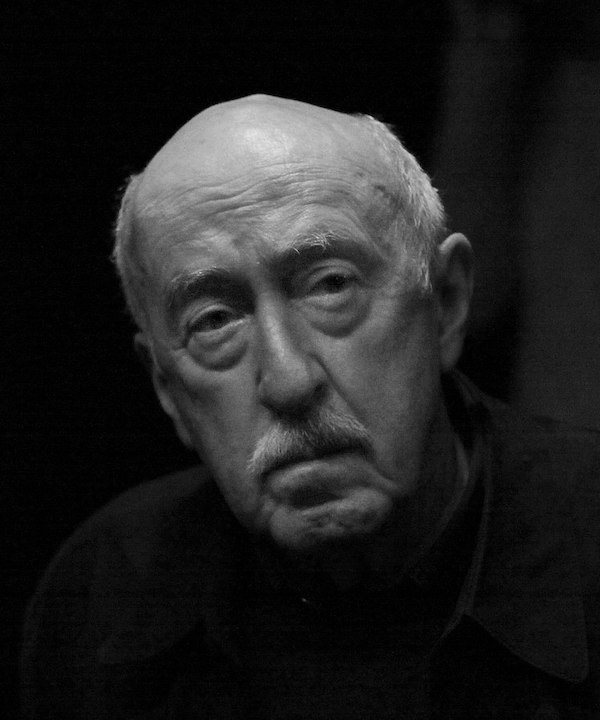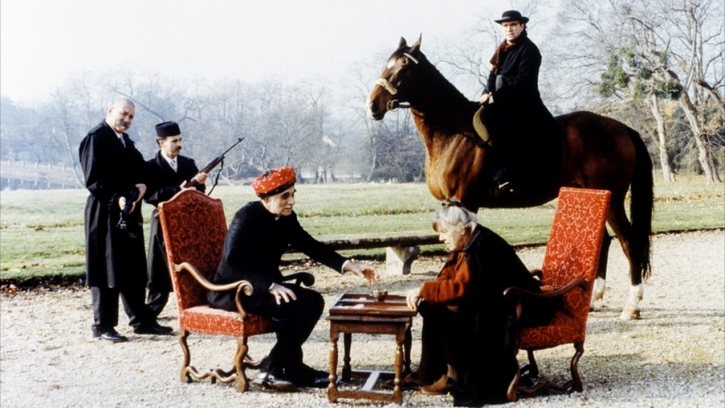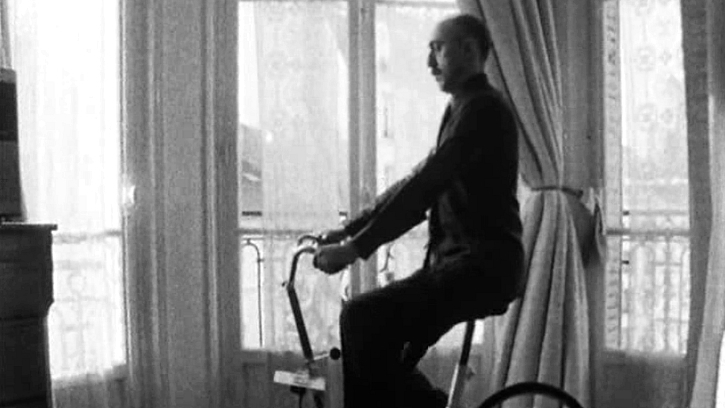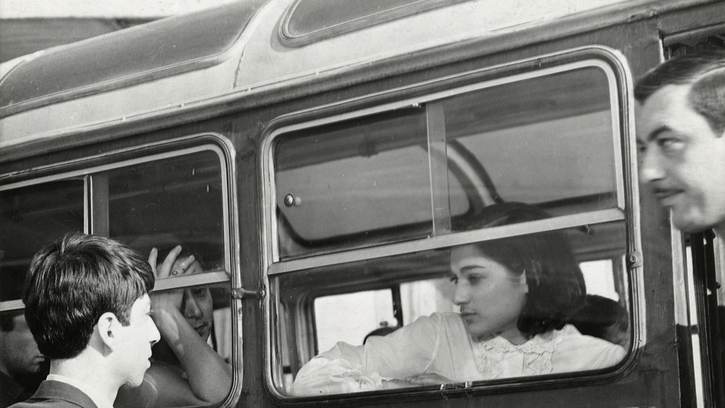Once Upon A Time There Was A Singing Blackbird / იყო შაშვი მგალობელი
by Otar Iosseliani
(Fiction, USSR/Georgia, 1971, 85’, BW, Fr ST)
with Gela Kandelaki and Gogui Tckheidze
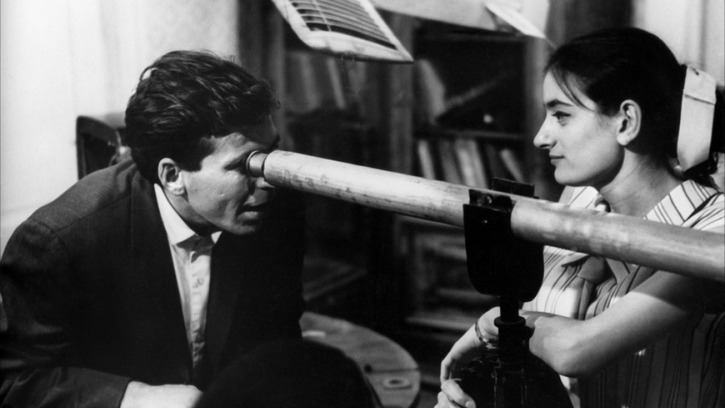
Guia Agladze, dreamy and carefree, is a percussionist in the Tbilisi Symphony Orchestra. His professional life boils down to giving a roll of the timpani at the beginning and the end of a concert. In perpetual motion, Guia lives like a bird on a wire, subject to both friendly and emotional encounters.
“On two different occasions after the screening of the film in the USSR the audience asked the same question: “What is this film about?”. The first time, Iosseliani replied, “The film shows how to live.” The second time, “The film shows how not to live.” This attitude clearly shows his intention to leave open the interpretation of his work. It is up to the spectators to decide to what extent the protagonist remains faithful to his dreams and to what extent he respects the rational ideals of the Soviet citizen. This film opposes the ideas of those who think that we must live every day as the last of our life, and those who plan everything years in advance. The importance of the film lies in the fact that for some Guia is a good example, while for others he is a bad one.” Mariam Ananidze, www.lumiere-mag.ru



